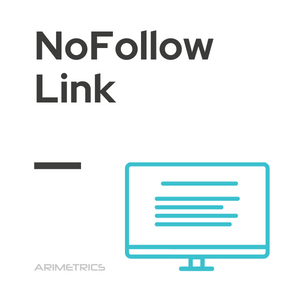Definition:
A “nofollow” link is a value that is assigned to the “rel” attribute within an HTML element. Its main function is to indicate to search engines that the hyperlink should not influence the ranking of the link destination within the search engine index.
The NoFollow link in SEO
In SEO, “nofollow” links are essential for managing the authority of a website. By assigning this attribute to a link, administrators can decide which ones should not pass authority or link juice to other pages. This is especially useful in situations where links come from dubious sources, such as user comments or paid links. Search engines, such as Google, recommend the use of “nofollow” to prevent ranking manipulation through deceptive practices. Although these links do not directly contribute to the ranking of the landing page, they are still valuable for driving relevant traffic, as users may click on them to visit the site.
Applications and considerations of NoFollow links
Originally, “nofollow” links were introduced to combat spam in blog comments. Today, their use has expanded to a variety of situations, such as advertising links, forums and social networks. It is important for site administrators to carefully evaluate when to use “nofollow” to protect their site from potential search engine penalties. Despite not transferring page authority, these links can be strategically useful in increasing direct traffic and site visibility. This underscores the importance of a balanced and well thought out approach to any website’s link strategy.
How to implement NoFollow links effectively
Implementing nofollow links effectively requires understanding when and why to use them. To add a “nofollow” link, simply include the rel=”nofollow” attribute within the HTML link tag. It is advisable to use them in links from user comments, sponsored links or any link that you do not want to influence the ranking of the destination page. However, it is important not to abuse “nofollow” on internal links within a website, as this can hinder the natural flow of authority within the site itself. A good practice is to regularly review the site’s links to ensure that the use of “nofollow” aligns with overall SEO goals and contributes to an effective content strategy.

